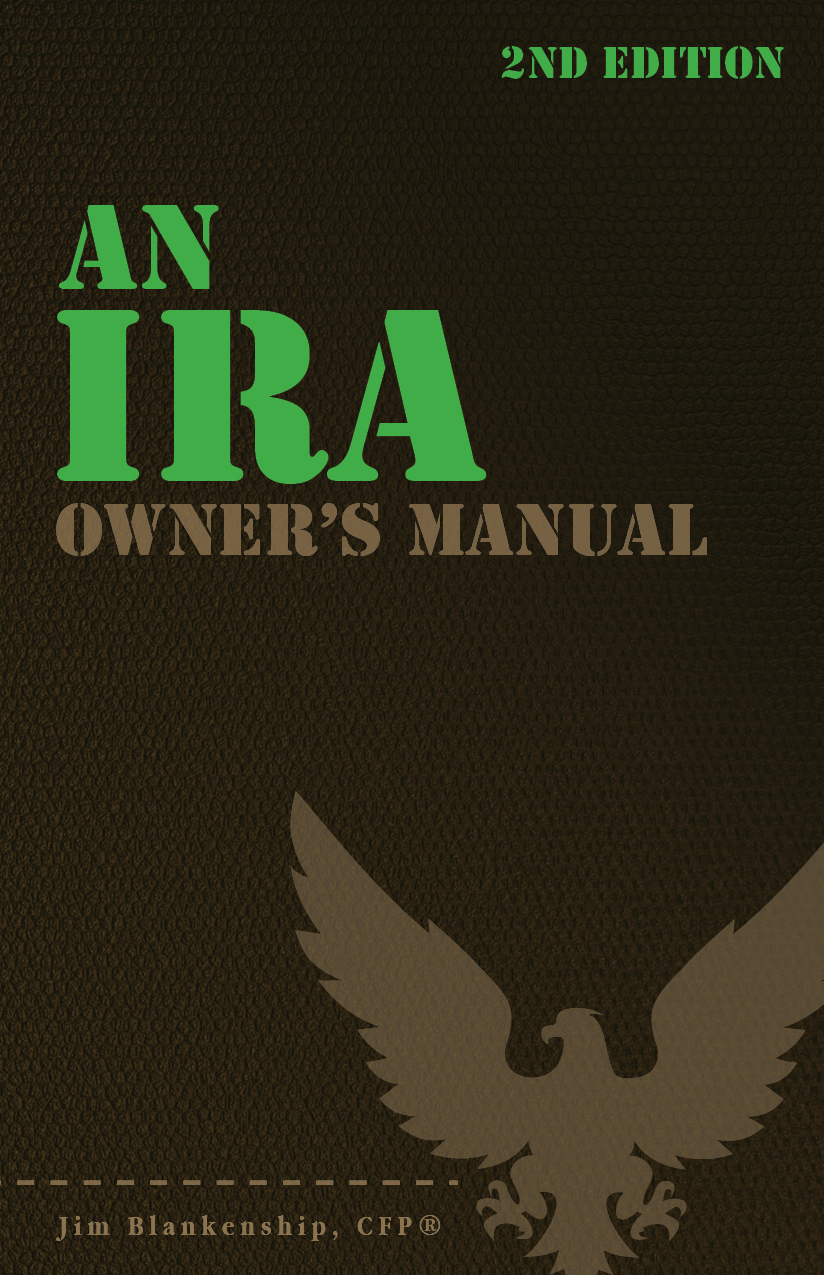Last week I explained a bit about annuities and am following up this week on the different types of annuities and way to contribute.
When a person is contributing to an annuity they are building or increasing the number of accumulation units they buy. As the money in the account builds so does the number of accumulation units. During the payout phase the accumulation units convert into annuity units. The number of annuity units remains the same for the remainder of the annuitant’s lifetime.
When it comes to annuities there are a few different kinds that are available. Potential buyers can choose from variable annuities and fixed annuities. Variable annuities allow the policy holder to contribute premiums and then have those premiums allocated to different sub-accounts that invest in various stock and bond mutual funds. The value of the annuity goes up and down with the general fluctuations of the market and will vary depending on the type of funds the annuity is invested in (stock mutual funds will generally gyrate more than their bond counterparts).
When variable annuities start their payout the annuitant is not guaranteed a constant amount to be paid out. The value of the payout may change depending on the value of the annuity units that wax and wane according to market conditions.
Fixed annuities are just that. They pay a fixed interest rate, often guaranteed and are generally more conservative. The upside is that they will not fluctuate as much as a variable annuity; however, they may not keep pace with inflation – depending on the interest rate guaranteed in the contract.
Variable annuities are generally better suited for those looking to outpace inflation over time and are willing to accept more investment risk in order to achieve higher growth.
Fixed annuities are generally better suited for those who are looking for a fixed, guaranteed rate and are ok with slow, steady growth.
Next week, we’ll look at the expenses in annuities (M&E charges, surrender charges, and other expenses) and look at some pros and cons of where they may and may not make sense for a client.




 Sterling Raskie, MSFS, CFP®, ChFC®
Sterling Raskie, MSFS, CFP®, ChFC® The latest in our Owner’s Manual series, A 401(k) Owner’s Manual, was published in January 2020 and is available on
The latest in our Owner’s Manual series, A 401(k) Owner’s Manual, was published in January 2020 and is available on  A Medicare Owner’s Manual, is updated with 2020 facts and figures. This manual is available on
A Medicare Owner’s Manual, is updated with 2020 facts and figures. This manual is available on  Social Security for the Suddenly Single can be found on Amazon at
Social Security for the Suddenly Single can be found on Amazon at  Sterling’s first book, Lose Weight Save Money, can be
Sterling’s first book, Lose Weight Save Money, can be  An IRA Owner’s Manual, 2nd Edition is available for purchase on Amazon. Click the link to choose the
An IRA Owner’s Manual, 2nd Edition is available for purchase on Amazon. Click the link to choose the  Jim’s book – A Social Security Owner’s Manual, is now available on Amazon. Click this link for the
Jim’s book – A Social Security Owner’s Manual, is now available on Amazon. Click this link for the  And if you’ve come here to learn about queuing waterfowl, I apologize for the confusion. You may want to discuss your question with Lester, my loyal watchduck and self-proclaimed “advisor’s advisor”.
And if you’ve come here to learn about queuing waterfowl, I apologize for the confusion. You may want to discuss your question with Lester, my loyal watchduck and self-proclaimed “advisor’s advisor”.